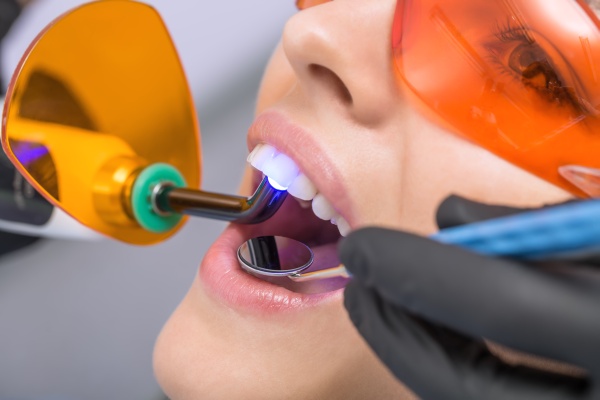A bright, white grin is commonly linked with health, youth, and vigor. Teeth whitening has become one of the most popular cosmetic dentistry operations, promising to improve the appearance of your smile. But what happens during teeth whitening in fort myers? This article looks into the science of teeth whitening, detailing how it works, the several methods available, and what to anticipate during and after the procedure.
What Causes Tooth Discoloration?
To understand how teeth whitening works, it is first important to grasp why and by what processes the teeth become stained. Tooth discoloration comes in two main types: extrinsic and intrinsic.
Extrinsic Discoloration:
Extrinsic discoloration appears on the outside of your tooth enamel. This generally occurs as a consequence of external factors for example alimentation, liquors, espresso and tea, red wine, and smoking.
Intrinsic Discoloration:
The internal structure of the tooth, referred to as dentin is responsible for intrinsic discoloration. Several factors can cause this type of discoloration, such as aging, trauma to the teeth (when a child falls and damages his or her developing permanent teeth), certain medications (such as tetracycline) taken during tooth formation in early childhood., excessive fluoride ingestion causes fluorosis.

How Teeth Whitening Works?
Most teeth-whitening methods focus on getting rid of surface stains, but they also can lighten deeper discoloration in the tooth. Teeth whitening, at its core, is based on simple chemical reactions to fade stain molecules that have embedded themselves both in and around the enamel. There are essentially two main types of tooth-whitening agents, and they work either through hydrogen peroxide or carbamide peroxide.
Hydrogen Peroxide:
It is a strong bleaching agent, that disintegrates into water and oxygen. The oxygen enters the enamel and dentin oxidizing stain molecules breaking chains of methyl peroxides making them less concentrated.
Carbamide Peroxide:
When this compound breaks down, it converts to hydrogen peroxide and urea. It functions in much the same way as hydrogen peroxide, but it works more slowly and thus is useful for home whitening treatments.
Teeth Whitening Options Available Over the Counter
If OTC (over-the-counter) teeth whitening products are more your speed and budget, many of these options also exist. These can take the form of strips, gels (lotions), toothpaste, or rinses. OTC products have lower concentrations, but when used over time can be as effective.
- Whitening Strips: These thin, flexible strips are coated with a peroxide-based gel and applied directly to the teeth. Typically, that means wearing them 30 minutes per day for up to two weeks.
- Whitening Gels: Applied directly to the teeth with a brush A small LED light is needed for some products to activate the gel.
- Whitening Rinses: These mouthwashes include hydrogen peroxide and can help whiten teeth. They are used to be performed twice a day in addition to the usual brushing and flossing.
- Whitening Toothpaste: Often contains mild abrasives as well as modest quantities of peroxide or other whitening ingredients. They can help remove surface stains with repeated usage, but they are less effective for deeper stains.
Whitening your teeth is the safest and most cost-effective way to brighten up your smile as long as it is done properly. Understanding the science of how each whitening method works and what you are or aren’t getting, will help give you a better idea of what choice is best to make knowing full well that there might be no grain of truth about teeth whitening. Before you start with the whitening treatment, ask your dentist if this process is good for him or her and let them give more specific form tips for it.






More Stories
The Best Ways to Stay Comfortable on Your Feet
Benefits of consuming magic mushroom chocolate bars
CBD capsules for pain – convenience meets relief?